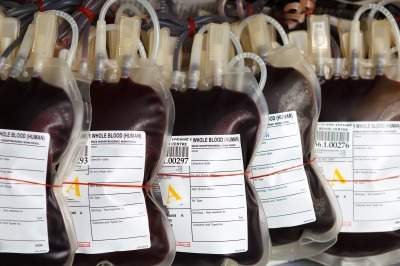
The basis of the designation is improved treatment of massive hemorrhage, a life-threatening medical condition.
Cerus chief scientific officer Laurence Corash said: “The proposed label indication for pathogen-reduced cryoprecipitate would be to control massive bleeding associated with fibrinogen deficiency.
“We are eager to work with the FDA throughout this process to potentially accelerate the regulatory review process for pathogen-reduced cryoprecipitate.”
The Breakthrough Device Program was created in response to the 21st Century Cures Acts. Regulatory submissions for devices designated as Breakthrough Devices receive priority review status and the FDA works with the sponsor to expedite the review and approval process. According to the FDA, Breakthrough designation is granted for devices “that provide more effective treatment or diagnosis of life-threatening or irreversibly debilitating human disease or conditions.”
Cerus president and CEO William ‘Obi’ Greenman said: “This designation reaffirms and validates our belief that pathogen-reduced cryoprecipitate addresses a clear, unmet clinical need.
“Control of massive bleeding is a significant challenge in US hospitals today, especially for patients with traumatic injury or maternal hemorrhage, which are among the leading causes of death in the US for patients under the age of 45. Pathogen-reduced cryoprecipitate is being developed to potentially confer important features, such as an extended thawed shelf-life and improved product standardization, which could markedly improve the time it takes physicians to control bleeding in these patients.”
Cryoprecipitate or cryo, a concentrate of cold insoluble high molecular weight plasma proteins, is made when frozen plasma is slowly thawed. It is rich in clotting factors such as fibrinogen, Factor VIII and Factor XIII. Conventional cryo is stored frozen and must be used within four to six hours after thawing or be discarded.
Cryoprecipitate use has been increasing in the US based on advances in trauma learned from the military and the broader utilization of coagulation monitoring in hospitals to diagnose coagulopathy and associated fibrinogen deficiency. The proposed shelf-life for the Breakthrough Device designation is 5-days at room temperature and that could enable greater availability of cryoprecipitate and facilitate ease of use.
Source: Company Press Release





